This morning we leave Warsaw and head northward again. Here's the last look out across our lodging balcony.
It's a 3 1/2 hour drive to the Castle (and another 30 minutes afterwards to arrive at Gdansk).
Our lunch at the highway rest stop - less than 8 bucks for everything - and close to home cooking quality.
We've seen several of these wildlife overpasses from south to north Poland.

Here's a photo from the publication shown at right - wildlife do seriously use them.
We arrive at Malbork Castle. Gerri was expecting this place to be lower key than it was, but it was crawling with tourists and we had to wait about an hour for entry (as these other people were doing as well).
The Castle of the Teutonic Order in Malbork is a 13th-century castle and fortress located near the town of Malbork, Poland. It is the largest castle in the world measured by land area and a UNESCO World Heritage Site.
It was originally constructed by the Teutonic Knights, a German Catholic religious order of crusaders. The Order named it Marienburg in honour of Mary, mother of Jesus. In 1457, during the Thirteen Years’ War, it was sold by Bohemian mercenaries to King Casimir IV of Poland in lieu of indemnities and it then served as one of several Polish royal residences and the seat of Polish offices and institutions, interrupted by several years of Swedish occupation, fulfilling this function until the First Partition of Poland in 1772. From then on the castle was under German rule for over 170 years until 1945, albeit largely falling into disrepair as military technological advances rendered the castle a mere historical point of interest.
The Castle of the Teutonic Order in Malbork is a 13th-century castle and fortress located near the town of Malbork, Poland. It is the largest castle in the world measured by land area and a UNESCO World Heritage Site.
It was originally constructed by the Teutonic Knights, a German Catholic religious order of crusaders. The Order named it Marienburg in honour of Mary, mother of Jesus. In 1457, during the Thirteen Years’ War, it was sold by Bohemian mercenaries to King Casimir IV of Poland in lieu of indemnities and it then served as one of several Polish royal residences and the seat of Polish offices and institutions, interrupted by several years of Swedish occupation, fulfilling this function until the First Partition of Poland in 1772. From then on the castle was under German rule for over 170 years until 1945, albeit largely falling into disrepair as military technological advances rendered the castle a mere historical point of interest.
Near the end of WWII the advancing Soviets attempted to obliterate the castle as they saw it symbol of longstanding German domination in the region. Since 1962 restorers have worked hard to return it to glory.
The lighter colored brick shows where repairs have been done.
We approach the entry way to the interior.
Here is some of the most recent restorations underway.
Here's how you cook for up to 3,000 knights - this is a fireplace (now missing the hearth particulars).
The region has been known as rich in amber for centuries - the castle contained a bonus mini-museum displaying the history of the amber as well as objects made from it.
Knight stuff - a ceremonial suit of armor, and a relief depicting a knight.
...a bride and groom appear.
The entire top of this tower appears to have been rebuilt since the 60's.
A fragmented crucified Jesus remounted from the ruble.
Artifacts from the restoration work.
See the grooves from horse drawn wagons in the large crosswise stone - 500 years of coming and going.
The audio guided tour worked really well.
The four amigos and Gerri hanging out in the courtyard.
As we drive away, those newlyweds are spotted again.
Onward and upward (at least northward) to Gdansk.











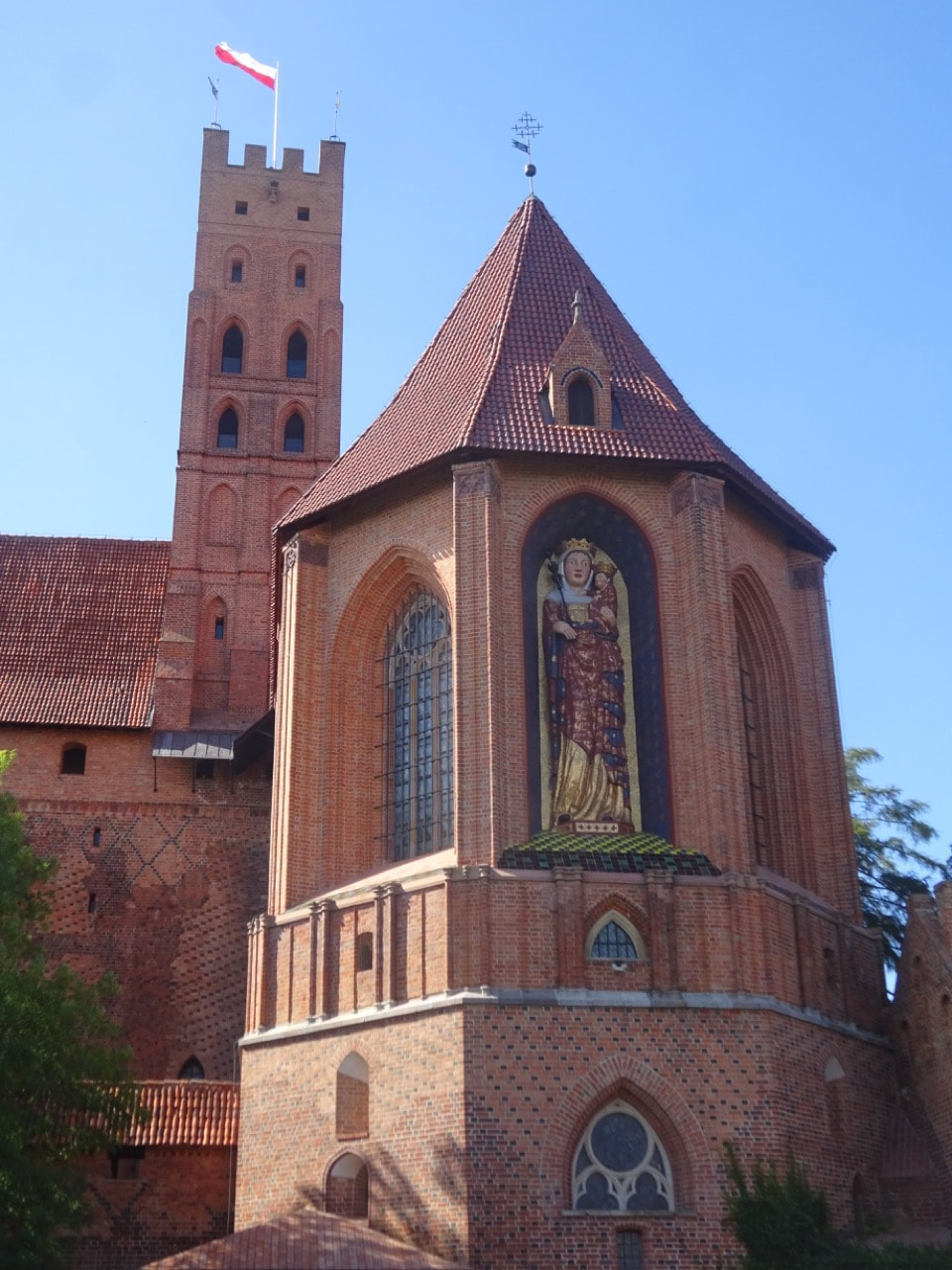















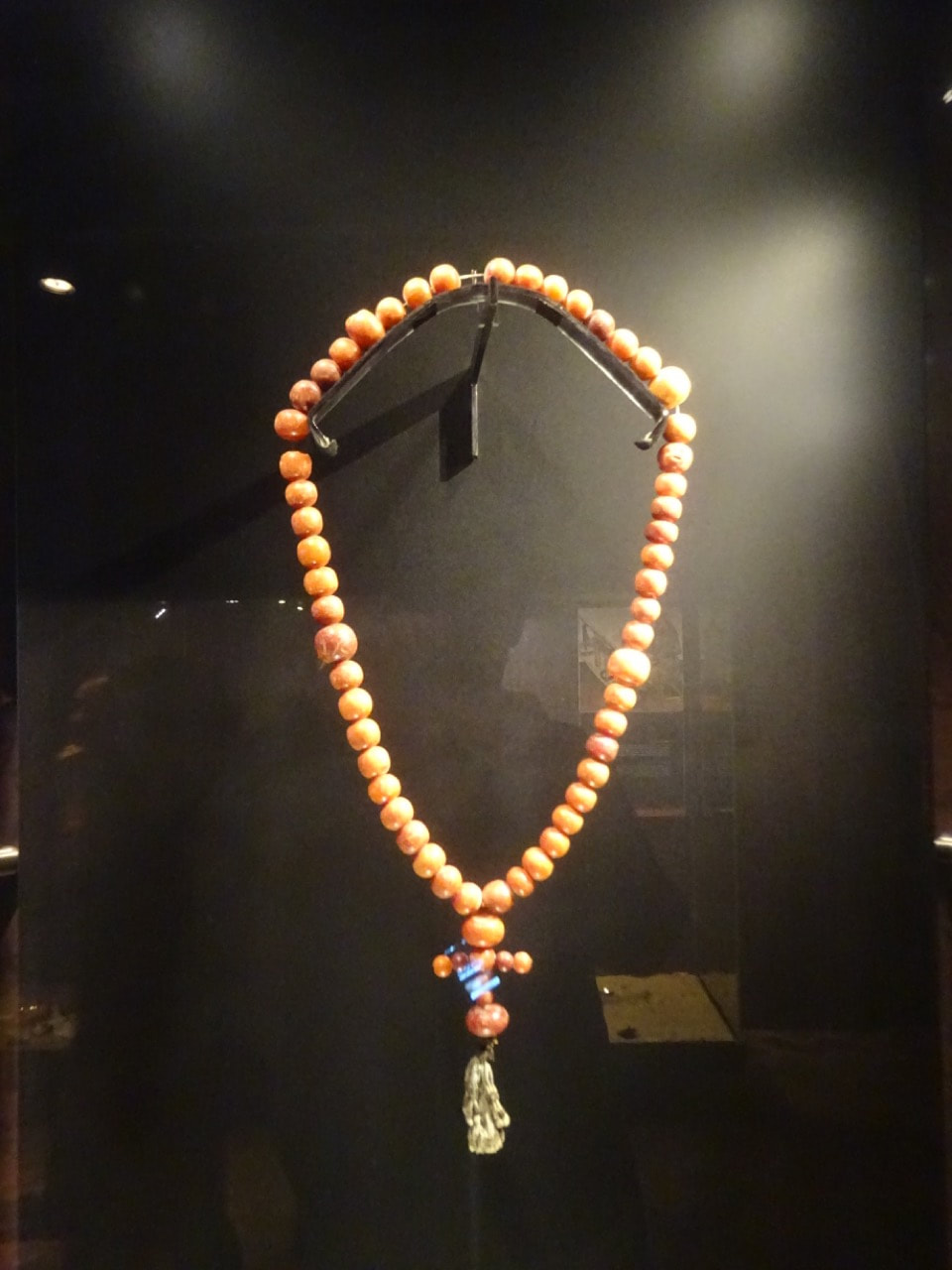





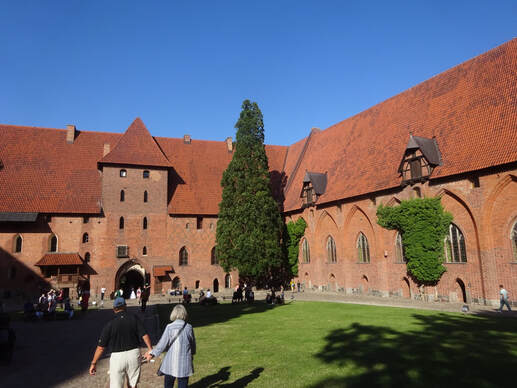





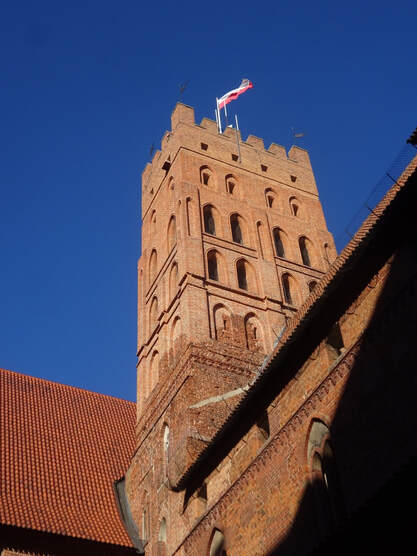















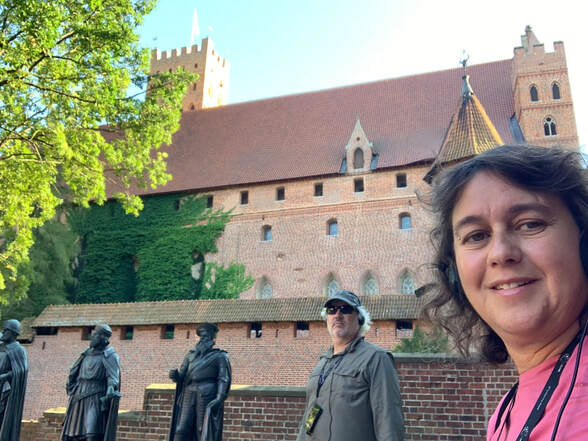
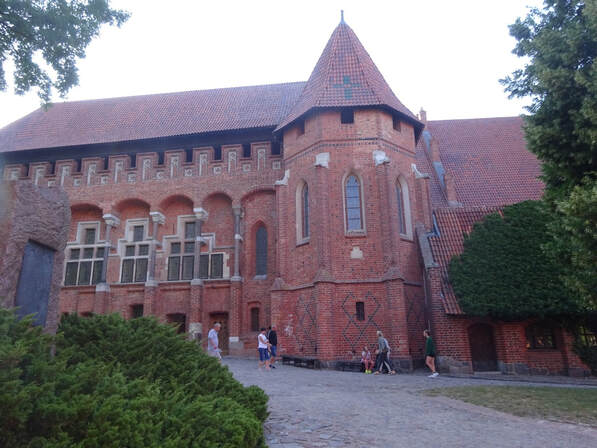






 RSS Feed
RSS Feed
